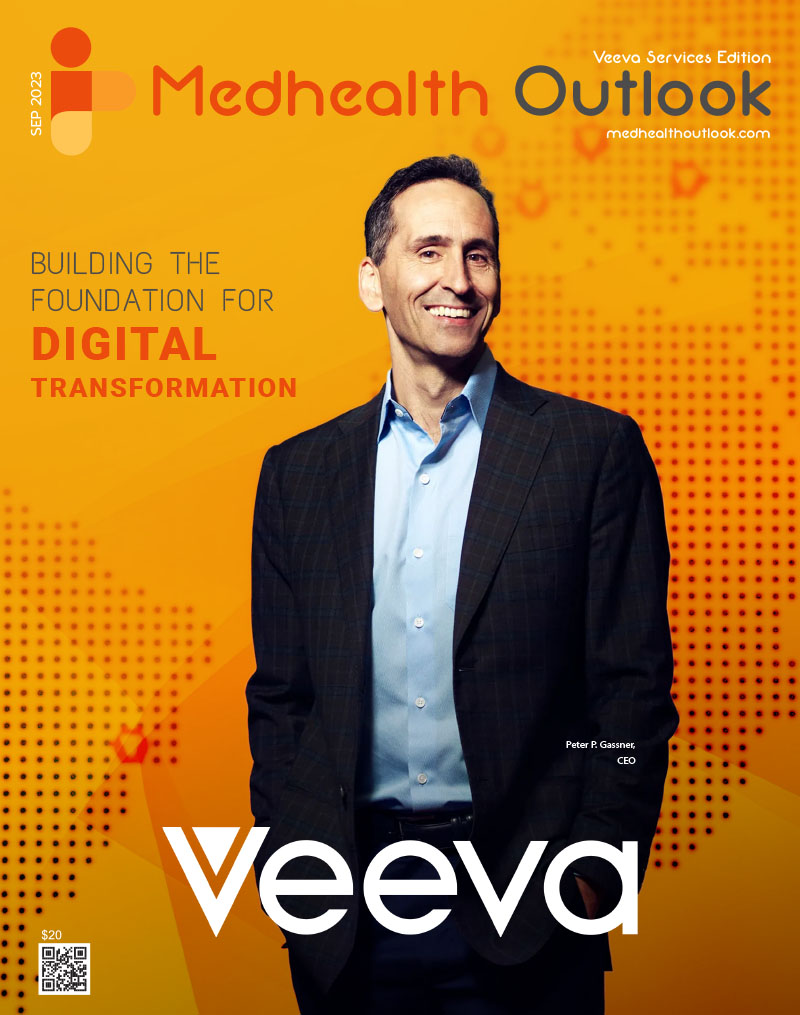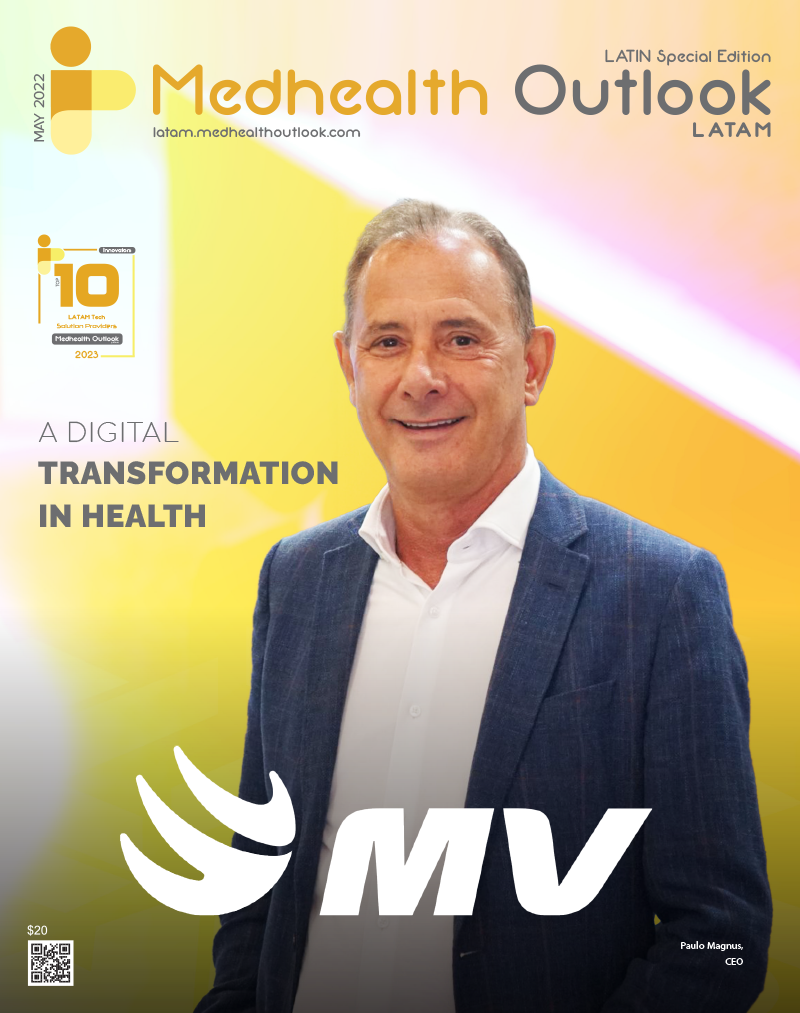The COVID-19 pandemic revealed significant areas for improvement and development within the clinical trial infrastructure and conduct, especially during times of emergency. In particular, the pandemic made it clear that while there were many capable sites for the conduct clinical trials, these sites were not always part of cohesive networks ready to operate in a collaborative, coordinated way. In addition, the site locations often did not serve communities that most needed prevention and treatment measures for the disease being addressed. The pandemic also underscored that the paradigm of too few and non-optimally located sites is likely employed with most ongoing clinical trials. Moving forward, clinical trialists must find ways to reach diverse populations of potential clinical trial participants more efficiently and thoroughly where they are located. The trials must come to patients if we are going to move closer to clinical trial populations relevant to those with the disease under study.
Given these shortfalls, all stakeholders in the clinical trial ecosystem must come together to discuss how to better unify existing global networks for the conduct of clinical trials, as well as how to build community-based site capacity both within the United States and globally. While many groups have begun these conversations, such as the World Health Organization (WHO), Coalition for Epidemic Preparedness Innovations (CEPI), and multiple US and global government agencies, these groups should capitalize on the hard work and investment that occurred during the last three years for the COVID-19 pandemic, as well as the future investments already being committed.
A two-pronged approach to enhancing the global clinical trial infrastructure will ensure readiness for the future.. The first step of unifying global networks to work in cohesive units advanced dramatically during the height of the COVID-19 pandemic. Many master protocol efforts across the globe, such as ACTIV[1],[2], ANTI-COV[3], I-SPY COVID[4], RECOVERY[5], REMAP-CAP[6], and TOGETHER[7], built, unified, and/or expanded clinical trial networks for the conduct of large, well-designed protocols, including pragmatic, research intensive, and regulatory intent. Significant funds were expended to create these large networks and bring a majority of these sites up to high-functioning clinical trial conduct. It is important to keep these networks warm, active, and growing their capacity. To do this, these networks must continue to meet to discuss unifying and sharing protocols and sites for trial conduct. In addition, they should develop protocols to test therapeutics against additional diseases beyond COVID. Finally, the networks should work to develop public-private partnership models for the testing of agents within established protocols, which can allow funding to flow both from more traditional government revenue sources, as well as from industry partners. This steadier stream of funding to the network can maintain existing infrastructure and build additional site capacity.
For community site capacity-building, concerted time and resources must be devoted to locating clinical sites in communities that are currently underserved. Strides toward this were taken during the height of the COVID-19 pandemic with many of the networks cited above working with their main sites to add community satellite sites, and these efforts should continue. Another avenue explored during the COVID emergency involved more traditional trial networks partnering with large pharmacy chains, such as Walgreens and CVS, both for the initial screening of patients and as community trial conduct sites for those more pragmatic trials studying agents with strong safety profiles. These types of community pharmacy-based sites also proved invaluable for the conduct of vaccine and prevention trials. Currently, a number of public and private sector partners, including Novartis8 and Morehouse School of Medicine9, have committed funding and resources to build site capacity.
The second critical step involves clinical trial teams and networks streamlining, simplifying, and decentralizing trials when possible. While not all therapeutic agents can be tested in pragmatic and decentralized trials, many agents would fit well into these types of trials, especially repurposed drugs. In addition, most trials can likely be simplified or modernized to allow for at least a hybrid remote follow-up process to ease the burden on patients.
During the current pandemic, remote decentralized trials, such as ACTIV-6[8] , overseen by the public-private partnership facilitated by the Foundation for the National Institutes of Health (FNIH), and other trials, have proven that these trials can be an excellent method to test repurposed agents with simple routes of administration and strong safety profiles. Their success has also inspired regulatory agencies, like the U.S. Food and Drug Administration (FDA), to encourage these types of designs for use in other disease types, such as cancer. The FDA recently worked with the team from the Lung-MAP[9] public-private partnership to parlay positive Phase 2 results in that trial into a new Phase 3 pragmatic, strealined trial protocol design. This Phase 3 trial, Pragmatica-Lung[10],[11], is the first of these trials to be rolled out for testing previously approved agents in non-small-cell lung cancer. This type of trial could serve as the start of a new paradigm for clinical trial conduct in many disease areas, allowing for broader clinical trial access to patients of wider and more diverse backgrounds.
Overall, these two approaches to clinical trial infrastructure-building and clinical trial conduct should allow the field of clinical trial science worldwide to increase enrollment and diversify patient populations for many disease types.












